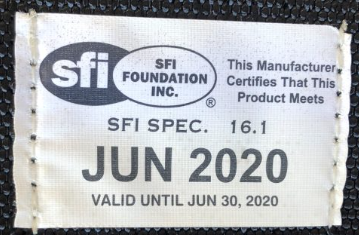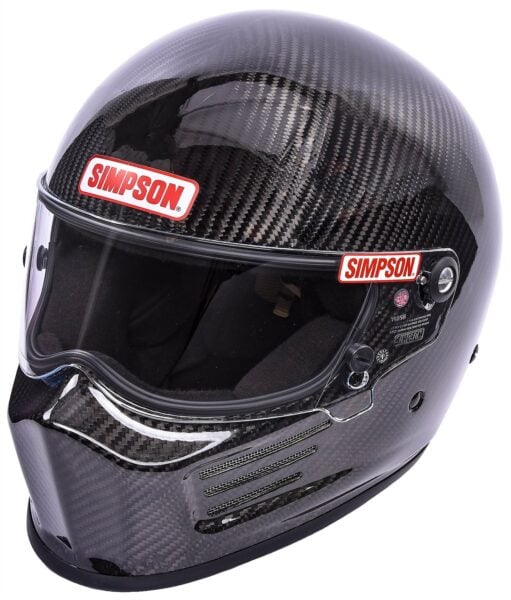
Drag racing is a popular motorsport where drivers compete against each other in a straight-line race. The goal is to cover a specified distance in the shortest possible time, with the use of specialized drag racing cars. To achieve the best results, it is important to have your car properly tuned up. In this blog, we will provide you with a comprehensive guide for a drag racing tune up. What does a tune up consist of? Read on to find out!
Confirm Your Battery, Starter, And Alternator Condition
The engine will not start without a fully-charged and properly working battery. Putting it on a charger and then checking its condition with a tester is one of the first steps in a drag car tune up. In addition, clean and protect the battery terminal connections and hardware to ensure a clean and tight connection for your vehicle's electrical system.
Next, the starter and alternator need their wiring connections and hardware checked for tightness as well as cleanliness. With a fully-charged battery, and confirming the engine has the proper amount of oil which is in good condition, the engine can be cranked over to confirm proper starter operation as well as confirmation that the alternator is charging (after confirming proper belt tension).



Check All Fluids And Filters
Before the engine is fired up and the vehicle moved under it's own power, all fluids and filters need to be checked and changed if needed. The condition and level of each fluid needs to be verified to ensure proper operation and to help prevent the possibility of component or system damage. Fluids include engine oil, coolant, transmission fluid or oil, clutch fluid, differential oil, power steering fluid, brake fluid, washer fluid, as well as any other fluid or oil used for your application. Also included on your checklist is grease for any driveline or suspension component zerk fittings such as ball joints, steering components, drive shaft u-joints, and others. Filters, such as the air cleaner, valve cover breathers, engine oil filter, and automatic transmission fluid filter all need inspected and replaced if deemed necessary.
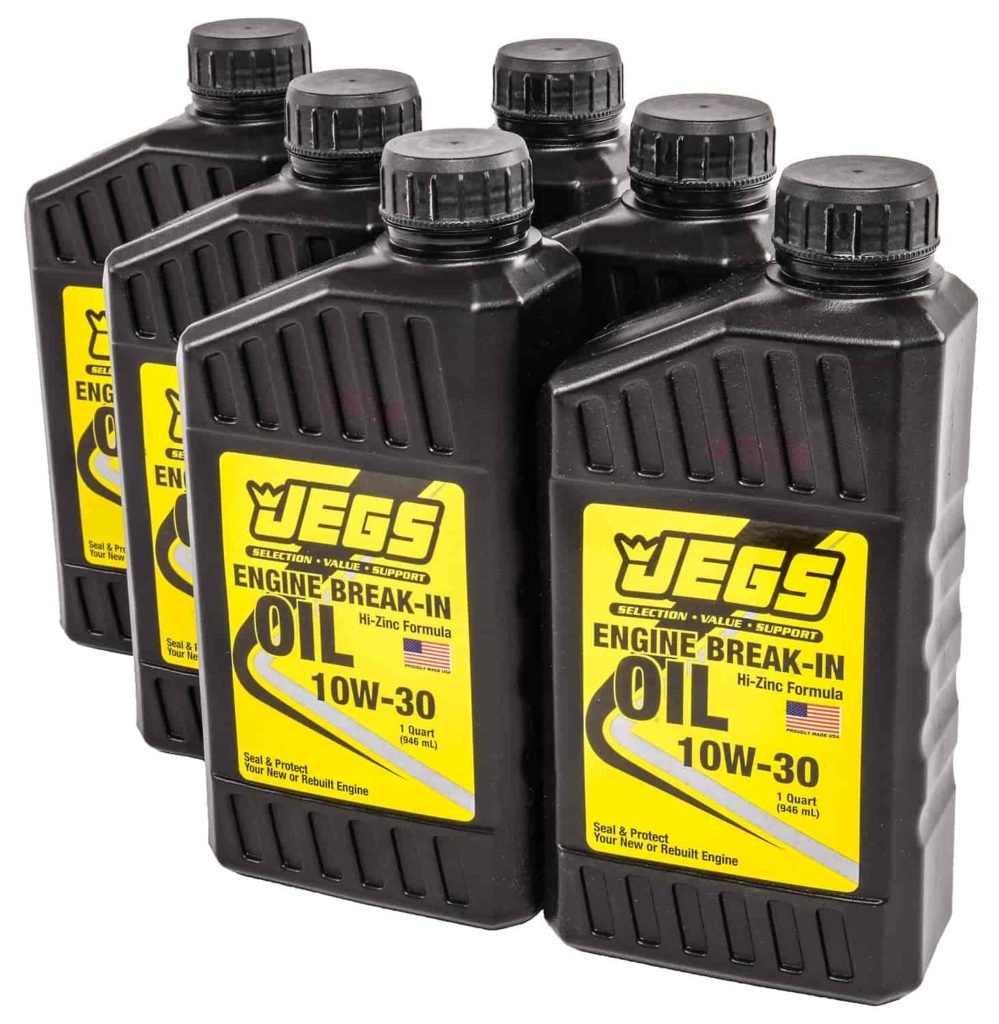
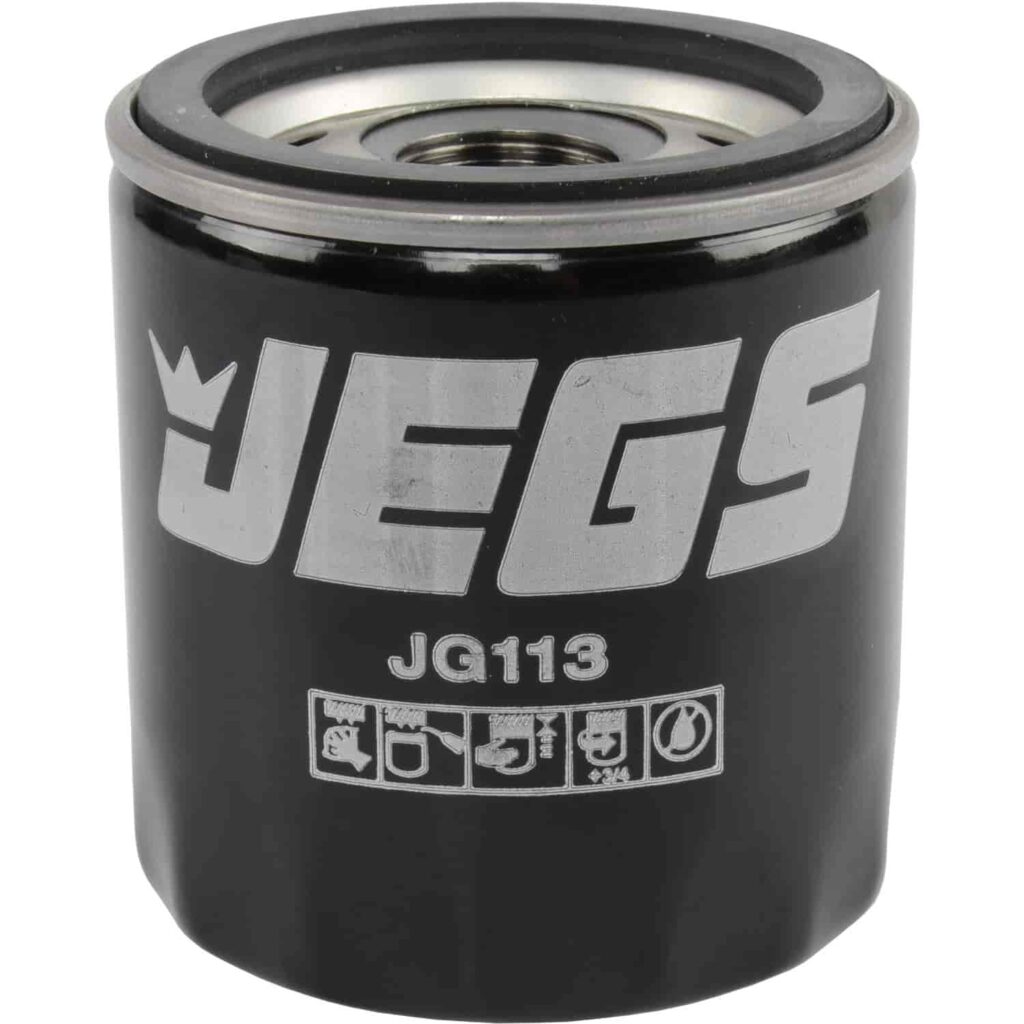
Make Sure You Have The Correct Sized Carburetor
CFM, which stands for “cubic feet per minute” is the amount of air that can enter the throttle bores of the carburetor. The correct carburetor CFM size is based on the engine size, the maximum rpm the engine will reach during operation, and the main purpose of the vehicle, whether street or race use. The formula to calculate CFM size is (engine) cubic inches x (max engine) RPM x volumetric efficiency. Volumetric efficiency is the actual amount of air flowing into an engine vs the maximum it could flow based on calculation, shown as a percentage. As is it not easy to know exactly what your engine's VE percentage is, you will need to make an educated guess. We advise that your guess be "conservative" and realistic for the calculation. Most street engines have a volumetric efficiency of around 85%. A VE of 95% is considered extremely well-flowing. A highly-developed match of the intake passages, combustion chambers, exhaust passages, and valves through planning, machine work, and testing can put an engine at 100%-110%, such as in NHRA Top Fuel, Funny Car, and Pro Stock applications. Once you come up with the answer to the first part of the equation, it is then divided by “3456”. This is the number of cubic inches in a cubic foot (1728) times the number of revolutions (2) for a 4-stroke engine to fill and empty all of its cylinders. For example, a 400 CID race engine with a max rpm of 7000 and an estimated volumetric efficiency of 95% is calculated as 400 x 7000 x .95 = 2,660,000, which is then divided by 3456. The answer is 769.68. The closest carburetor cfm available to that answer is your ideal carb size. If the engine will primarily be used on the street, a 750 CFM carb in this example would be ideal. If the engine will primarily be used for racing, an 800 CFM carburetor would be acceptable.
Below is a calculator to make it easier to confirm or select the right size carburetor:
Carburetor CFM Calculator

Check Belts and Hoses In Your Auxiliary System
Having belts and hoses properly tightened and in good condition will provide peace-of-mind for the coming race season. Vehicle's hoses, whether in the coolant, brake, transmission, or power steering system for example, need to be working properly to prevent leaks under your drag vehicle. Confirming all connections are tight and that the hose condition has not degraded since the previous racing season must be on your checklist. Just the same, the drive belt(s) also needs to be inspected for condition of the rubber as well as proper tension to reduce the chances of a belt breaking or slipping during a race.


Verify Brake System Condition And Operation
Just as importantly as the ensuring the engine is running properly, the brake system is tasked with stopping the vehicle from a high rate of speed. A physical inspection ensures that all components are in good condition and that the brake system will function properly to safely bring you and your race vehicle to a stop. The inspection includes confirming the brake pad material remaining, brake rotor condition, brake caliper piston operation, along with the brake master cylinder operation. Flushing the brake fluid and properly bleeding the system is may be a possibility depending on the fluid condition and if any leaks are found.

Check All Components With Expiration Dates
Any racing vehicle or safety components that have an expiration date need to be checked and replaced or recertified to help make sure you pass pre-race inspection. These items may include the following examples from NHRA (see your specific racing sanctioning body rulebook for complete list and certification life span):
- Driver restraint system (safety belts) - 2 years
- Automatic transmission flexplate shield - 5 years
- Flywheel / clutch - 2 years
- Flywheel Shield - either 2 or 5 years, depending on SFI spec
- Head & neck restraint restraint - 5 years
- Helmet - Snell 2015 expires 1/1/2027, Snell 2020 expires 1/1/2032, etc.
- Protective clothing - 5 years including year on tag
- SFI chassis specification - 1 year
- Supercharger restraints - 2 years
- Automatic transmission flexplate - 3 years
- Transmission shield - "rigid" - 5 years, "Flexible" - 2 years
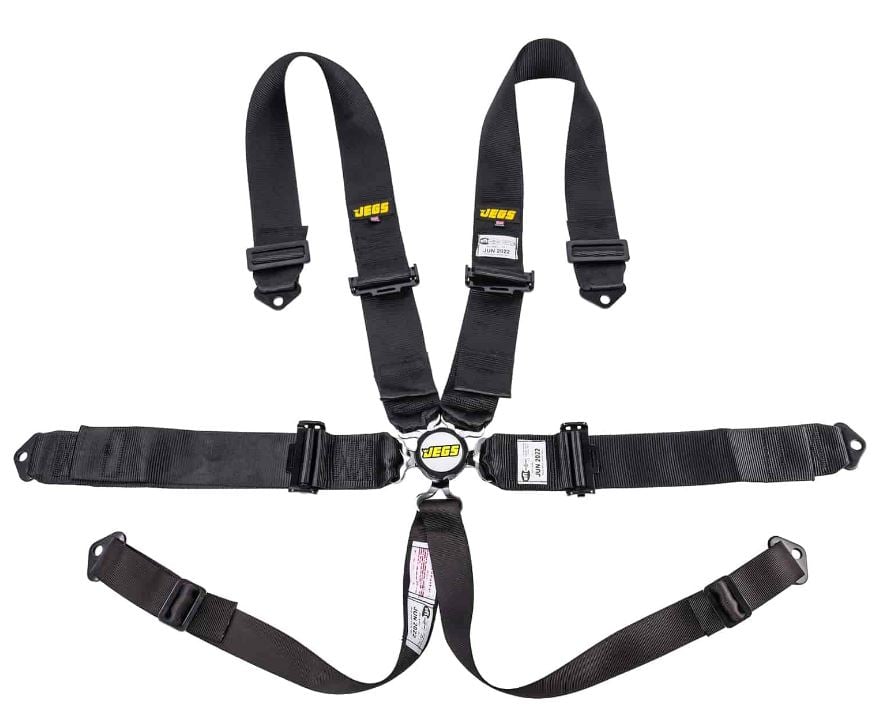
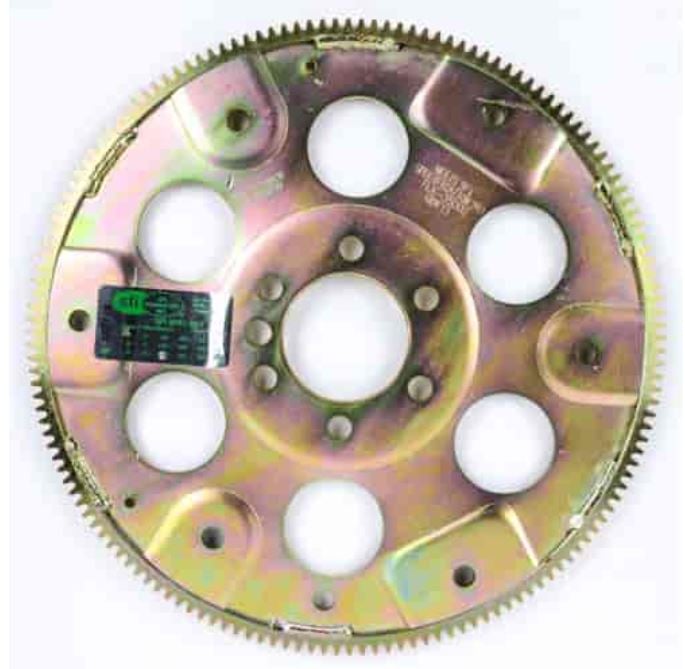

Make Sure You Have The Correct Fuel Pressure
Another item to check off of the list is verifying the correct fuel pressure is reaching either the carburetor or fuel rail (if using fuel injection) with a fuel pressure gauge (whether temporary or permanently attached). This confirms that the fuel pump is operating properly as well as the fuel supply system.


Confirm Tire Condition And Pressure
Time and varying temperatures causes the pressure in your drag vehicle's tires to change as well as their condition when not racing for longer periods of time. Check your tires for cracks or degrading rubber and replace if defects are found. In addition, properly adjust the pressure in your tires to the optimal race amount using a high quality tire pressure gauge.


Inspect Spark Plugs, Wires, Ignition Coil(s), Distributor Cap, And Rotor
Without adequate spark, your engine will not start, run, or perform properly. To ensure your ignition system is functioning in peak condition, inspect the spark plugs and confirm they are in good condition, replacing them if necessary. If your engine uses an ignition distributor, check the distributor cap terminals and the rotor button condition, replacing if corroded or worn. Lastly, check the condition and tightness of all electrical connections between the distributor, cap, ignition coil, wires, and spark plugs.


Start Engine And Confirm Oil Pressure, Water Temperature, And Ignition Timing
Once You have confirmed that the engine systems have been inspected and all discoveries resolved, the engine can be started. One of the first things to check and keep an eye on once the motor is running is oil pressure and water temperature, which can lead to engine damage if not in the correct range. Using high-quality gauges will provide peace-of-mind and allow you to keep an eye on your vehicle's vital signs.
As the ignition timing is responsible for igniting the air/fuel mixture in the engine's cylinders, confirming and adjusting the ignition timing can help to increase power and improve fuel efficiency. You can achieve this by using a timing light to adjust the ignition timing according to the manufacturer's specifications and make changes that are safe and improve performance if necessary.



Inspect For Exhaust Leaks
The exhaust system is important for removing harmful exhaust gases (such as carbon monoxide) from the engine and quieting noise. With the engine running check the exhaust system for any leaks between the engine and the tail pipe, typically identified by ticking sounds or visually found with holes in components.
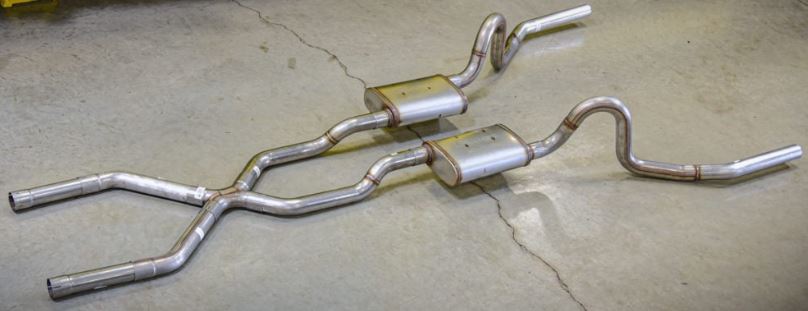
Inspect Suspension And Steering Components
Very important for controlling your vehicle and keeping it moving in a straight line, the suspension and steering components need to be inspected to ensure they are functioning properly. All connections need to be checked for tightness as well as checking for any corrosion and addressing it if needed. All components with zerk fittings need to be checked for the proper amount of grease as well.


Verify Proper Operation of Transmission And Drivetrain
With the engine properly running, the transmission and drivetrain next need to be confirmed to be properly working, putting the transmission in gear and verifying the torque converter or clutch is meeting your expectations as well as proper shifting between gears. Ensuring the rear axle is not making any unusual noises is also on the list.


Test And Tune At The Drag Strip
After completing the checklist and making any necessary changes, it is important to test and tune your car. This will help you determine whether the modifications and adjustments have resulted in an improvement in performance. You can achieve this by taking your car to a drag racing track and testing it under real-world conditions.
Drag Race Calculator
(Enter the engine horsepower and vehicle weight at the starting line)
Estimated Time Slip Results:
(Based on vehicle weight and horsepower only)
Welcome to
JEGS High Performance Raceway
Like Us on Facebook and Instagram
JEGS
LEFT
Car #
Class: Test And Tune
R/T:
60 FT:
330 FT:
1/8:
MPH:
1000 FT:
ET:
MPH:
Left 1st
Rnd #1

